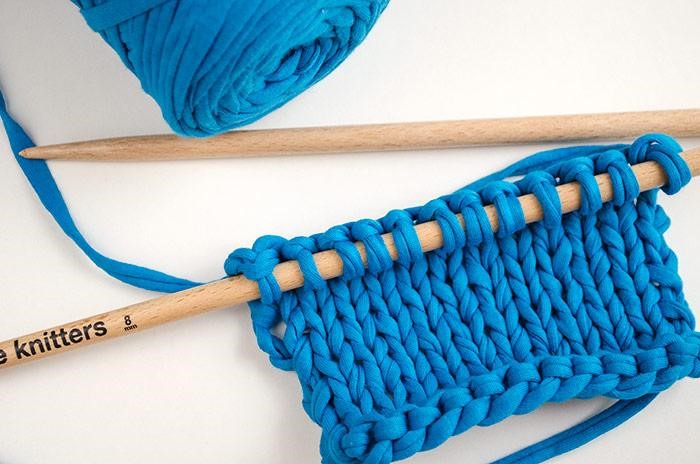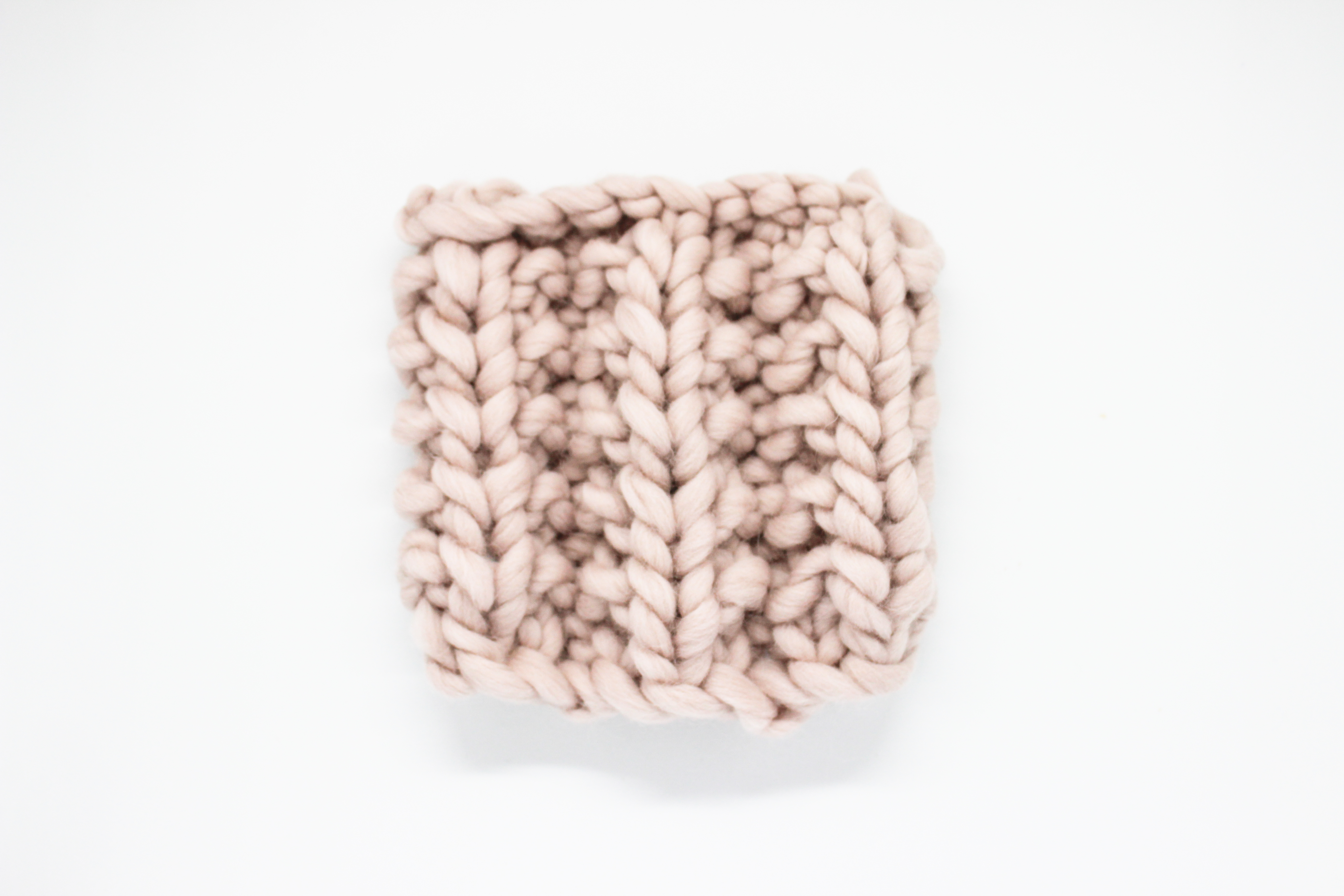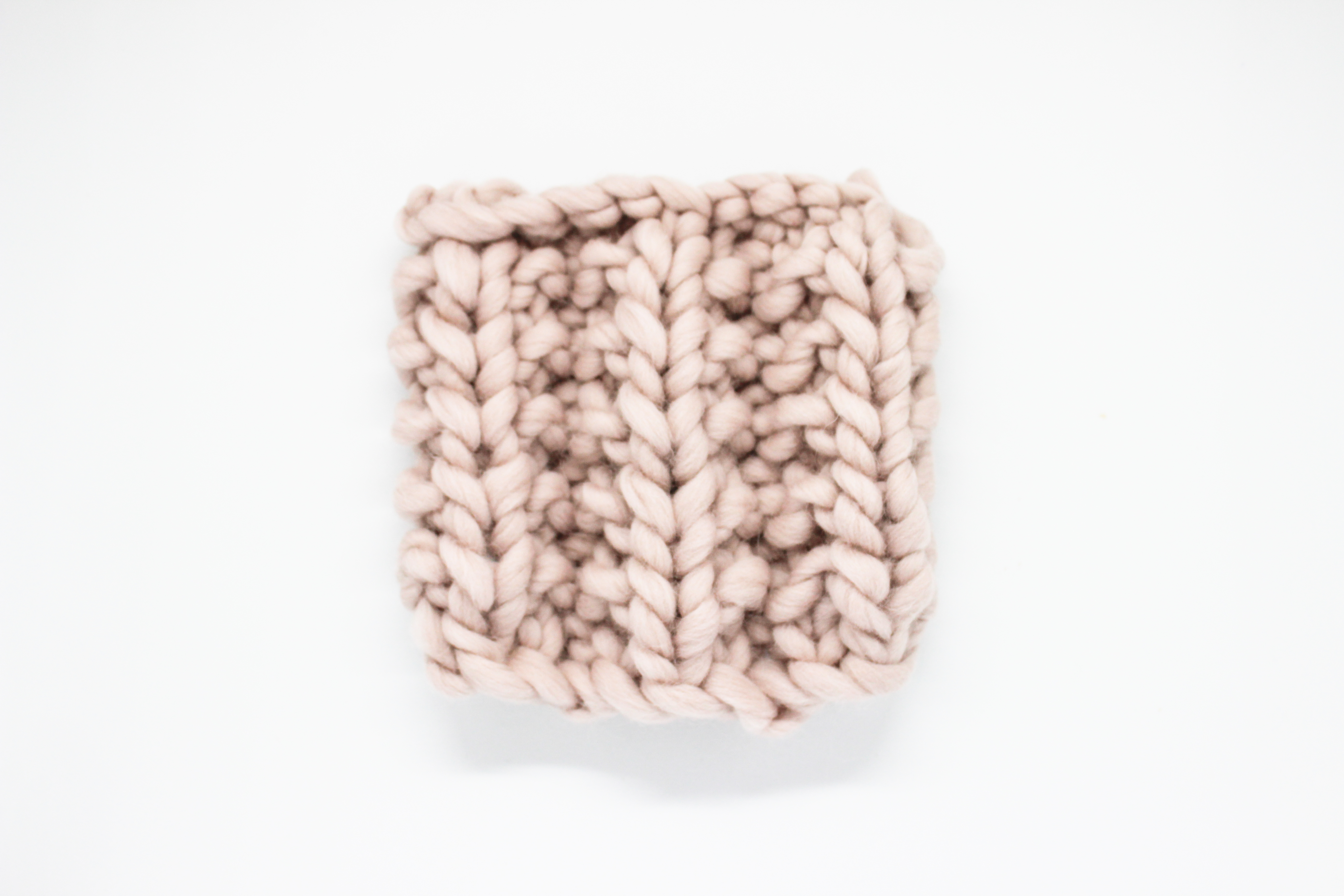Hi knitters!
Learn how to give shape to your WAK garment. Blocking is easy, and the results will be definitive.

Blocking a knitted garment means to stretch the garment to get the perfect shape and to equalize the tension on all stitches and rows. So, the garment will be homogenic. What’s more, edges won’t twist and drawings will be more gorgeous.
It’s a quite long process, and sometimes complicated, but it’s worth it!
You can block before or after joining your work. If you do it before, it could be helpful for joining your work. Sewing will be flat and you can have a better idea of the final size of your garment.
You will need a measuring tape, pins, a container of the same size as your garment, towels and a pillow-shaped surface where you have to stick your garment.
There are different blocking techniques. We suggest you check the right washing instructions for your yarn, because each fiber needs its specific care. But we’re sure you will find the best technique for any case.
Choose your favorite yarn ball at our website –wool or cotton…and let’s knit!
Wet blocking:
- Add some warm water to immerse the garment for 15 minutes –you can add a bit of fabric softener if you want. Rinse with cold water.
- Use some towels to dry the garment.
- Stretch the garment on a pillow-shaped surface until you get the measures of the pattern, with the help of pins and the measuring tape.
- Let dry off.
*Wet blocking is indicated for synthetics and some natural fibers, but we don’t suggest this technique for wool, because it could felt.
Recommended to block finished garments.

Steam blocking:
- Moisten the garment, only vaporizing a bit. Don’t immerse in water.
- Stretch the garment on a pillow-shaped surface and stick with pins according to the pattern. Cover with a damp towel.
- Close the iron 3cm approximately, and activate the steam. You don’t have to iron the garment, just lightly press. Be careful with your hands, you’re working with hot steam! Fibers reaction is to ‘relax’ with heat, so you will get the required shape.
*Steam blocking is recommended for cotton, because you can easily deform it with water. It’s also recommended for blocking the pieces of a garment before joining, because will be flat and easier to join.


Spray blocking
1. Stretch the garment vaporizing warm water with a spray bottle, and stick the garment with pins until you get the required shape.
2. Let dry off
* Spray blocking is recommended for light garments that don’t absorb much water.


It’s better to practice these techniques before you work with the final garment.
Take photos of blocking process and your personal tips, and share with all our knitters on Instagram, using the hashtag #weareknitters 🙂








